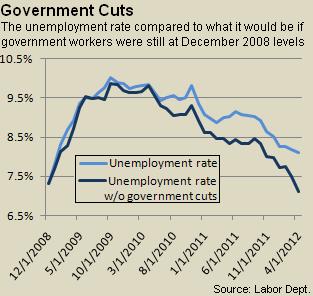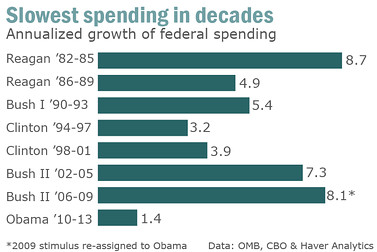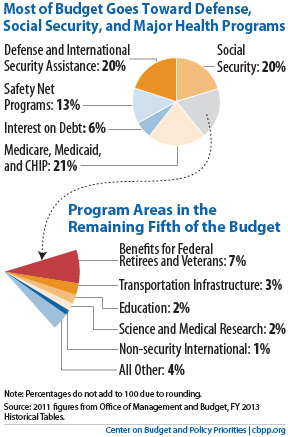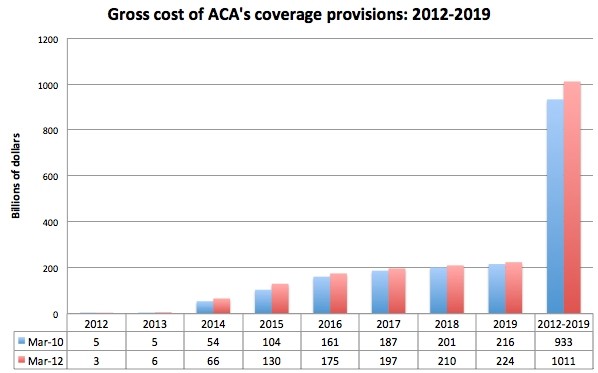To make it look weaker, you add back in some context. Monthly job growth from March 2001 to December 2007 — so, from the pre-2001 recession peak to the pre-2007 recession peak — was 68,000. That’s one of the weakest expansions on record. Meanwhile, poverty and inequality were increasing even as median incomes were falling. Oh, and while Bush’s deficits weren’t huge, they came during a period of growth — normally, periods of growth are when you cut the deficit, as we saw in the 1990s. So these were deficits of an unusually irresponsible sort.
To make it look absolutely awful, you add in the fact that there was a huge credit bubble inflating beneath the economy that George W. Bush did nothing to stop and that his choice for Federal Reserve chairman, Alan Greenspan, did much to inflate. So as weak as the decade’s economic numbers look, they’re much, much worse when you realize they were artificially pumped up by the bubble, and Bush’s record is much, much worse when you add that the economic collapse began on his watch, and the long-term cost of the tax cuts and Medicare Part D and the war in Iraq.
In other words, the more you actually know about Bush’s economy, how it compares with other periods in our economy and the role it played in the financial crisis, the worse it looks. I’m open to arguments that this really isn’t Bush’s fault, or that Mitt Romney’s policy differences with Bush are more significant than they appear to me. But the period itself is, from an economic perspective, really very bad.”











